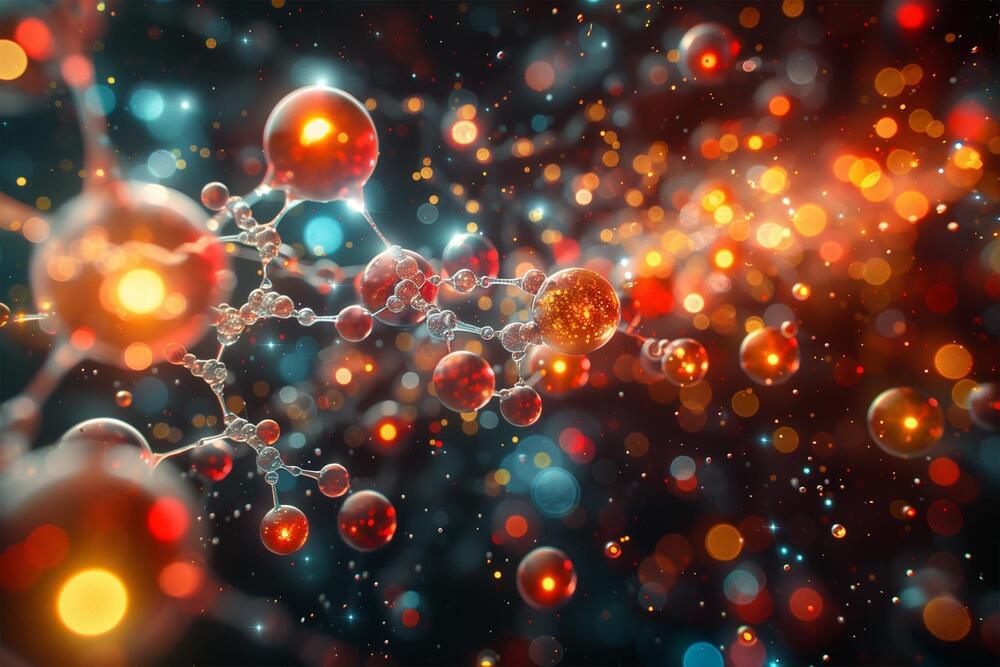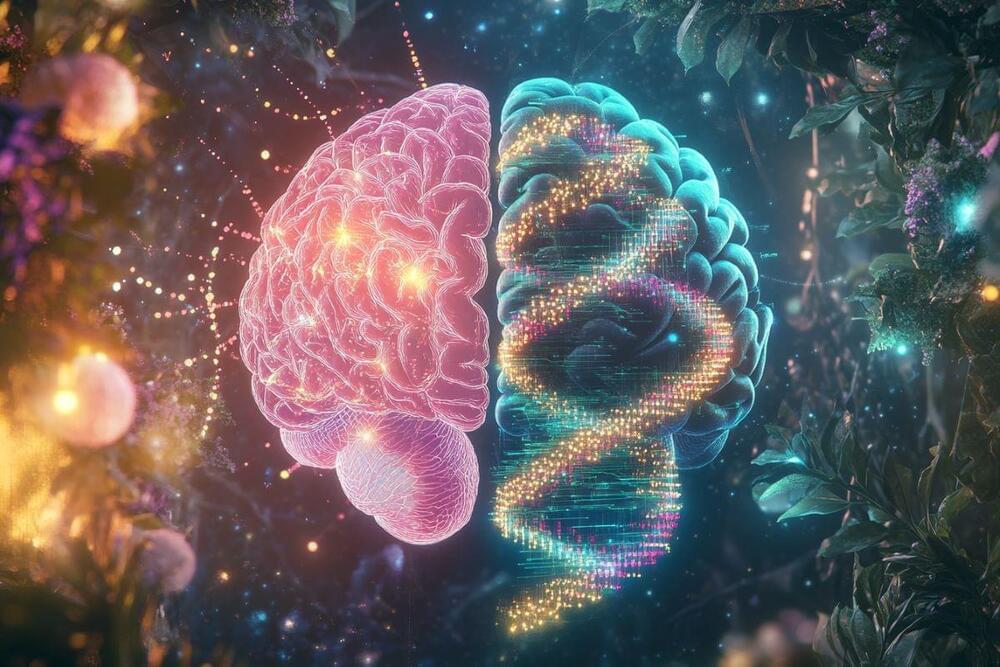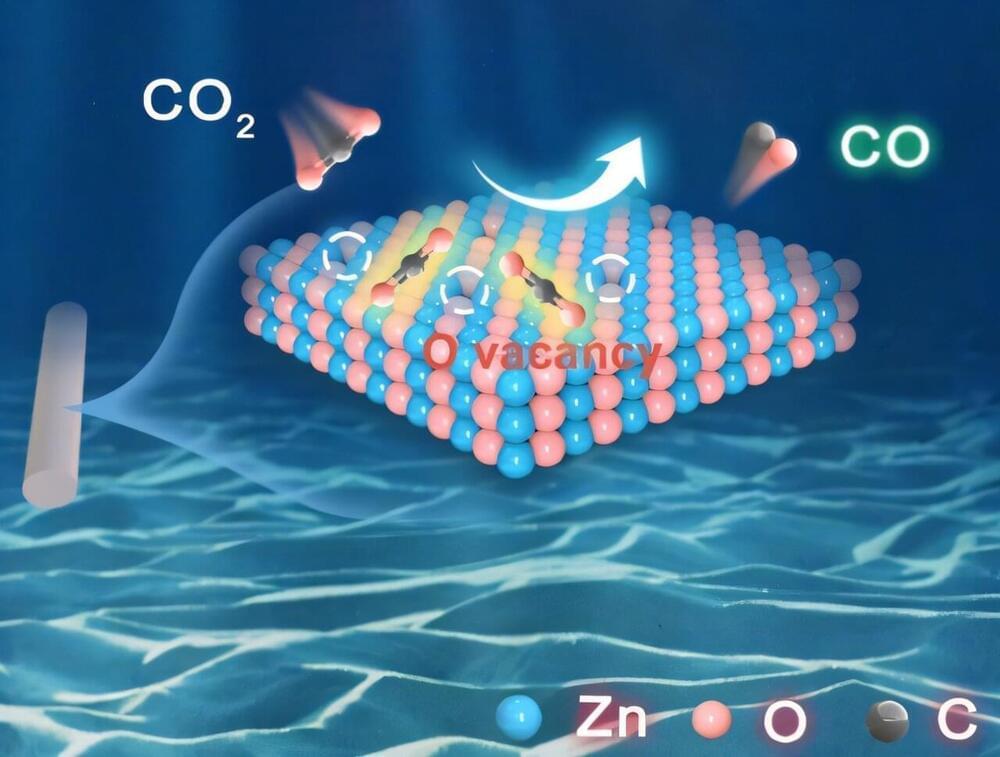Researchers at INRS have developed a synthetic photonic lattice capable of generating and manipulating quantum states of light, paving the way for promising advancements in applications ranging from quantum computing to secure quantum communication protocols.
A study co-directed by Professor Roberto Morandotti of Institut national de la recherche scientifique (INRS) in collaboration with teams from Germany, Italy, and Japan paves the way for innovative solutions that could enable the development of a system to process quantum information with both simplicity and power.
Their work, just published in the journal Nature Photonics, presents a method for manipulating the photonic states of light in a never-before-seen way, offering greater control over the evolution of photon propagation. This control makes it possible to improve the detection and number of photon coincidences, as well as the efficiency of the system.








